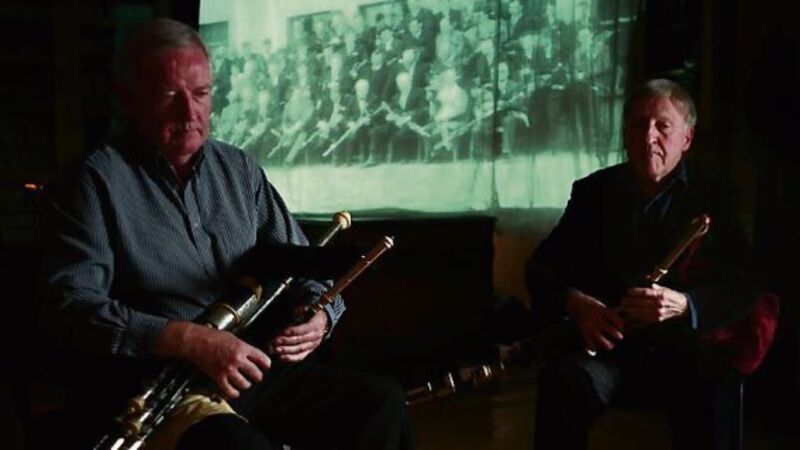New film is piping up for the revival of the uileann pipes

I grew up with a complex that piping was useless” — the words of renowned uileann piper, Séamus Ennis, are as haunting as the sound from an instrument that dates back to the Middle Ages, but which in the mid-1960s was in danger of being lost to the world.
He was speaking at Tionól na bPíobairí, a gathering of pipers in 1968 that saved the uileann pipes from extinction, and which is the subject of a new documentary, Na Piobairí Uileann, to be screened on TG4 on Sunday.











